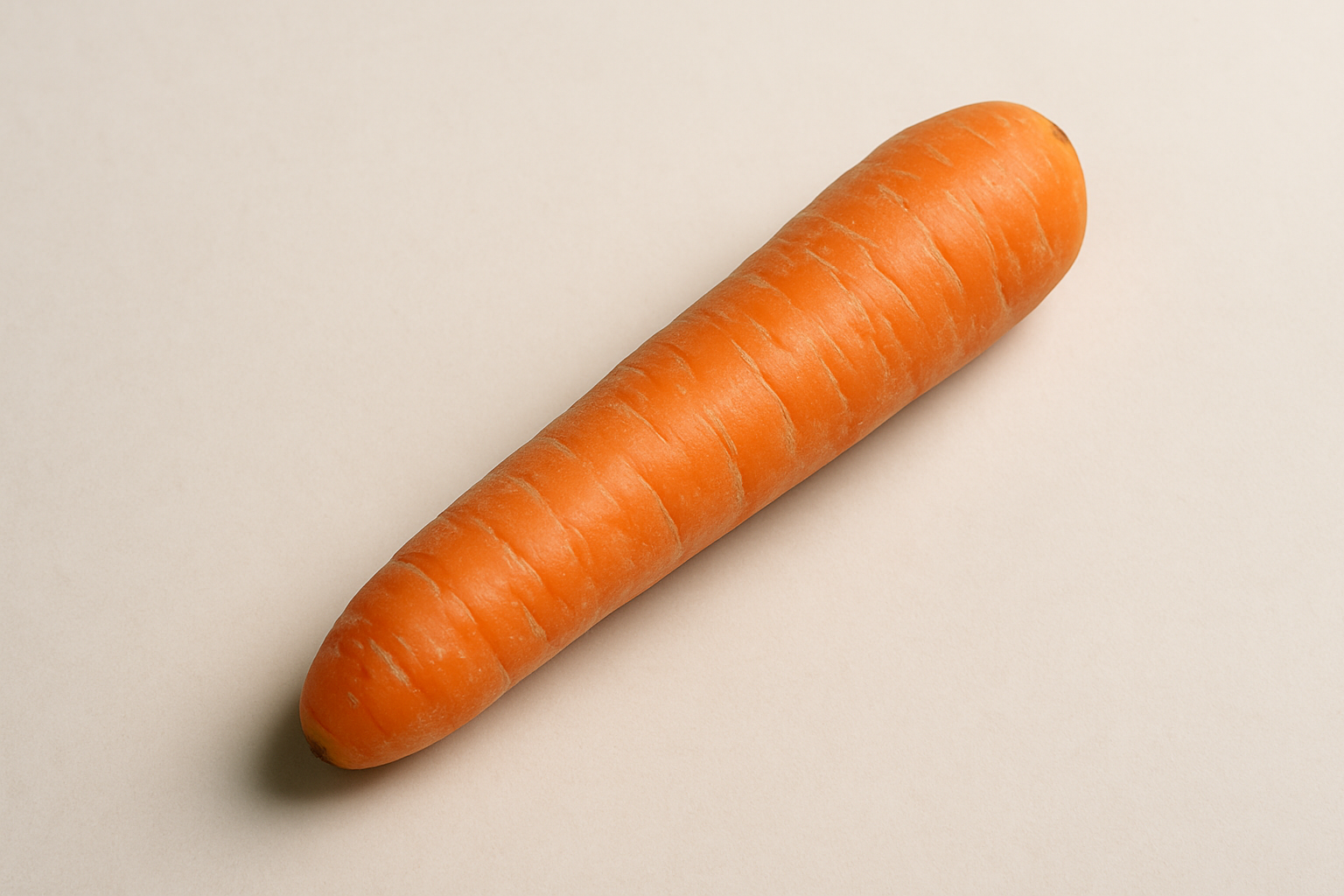Jelqing is a manual exercise aimed at increasing penis size, involving repetitive stretching motions. Despite its popularity in online forums, there is no scientific evidence supporting its effectiveness. Health experts warn of significant risks, such as fibrosis and Peyronie’s disease, advocating for safer, evidence-based alternatives for penile enhancement.
In the realm of male enhancement techniques, jelqing stands out as a particularly controversial and often misunderstood practice. Despite lacking scientific endorsement, its popularity persists, primarily driven by anecdotal claims and online discussions. Understanding jelqing’s allure and its implications is crucial for anyone exploring penis enlargement methods.
What Does Jelqing Mean?
Jelqing is defined as a manual exercise aimed at increasing the size of the penis. The technique involves using the thumb and index finger to form an “OK” sign, grasping the semi-erect penis at its base, and then pulling or massaging it towards the head. This motion is typically repeated several times in a session, often with the aid of a lubricant to minimize friction and prevent soreness. The imagery associated with jelqing is often likened to “milking,” as the hand motions push blood towards the glans, theoretically promoting vascularity and size increase.
Purpose of This Exploration
This blog post aims to unpack the meaning of jelqing, delve into its effectiveness, and highlight the risks associated with this practice. By providing a comprehensive overview, we hope to inform readers about the realities of jelqing, helping them make informed decisions about their health and wellness. As we explore further, it’s essential to approach jelqing with a critical eye, understanding both its cultural popularity and the scientific scrutiny it faces.
As we delve deeper into the world of jelqing, it’s essential to examine the scientific evidence—or lack thereof—behind its purported benefits. Despite its widespread popularity, particularly on online forums and anecdotal testimonials, the scientific community remains skeptical about jelqing’s effectiveness as a method for penis enlargement.
Scientific Evidence and Effectiveness of Jelqing
Health organizations such as Healthy Male and the Sexual Medicine Society of North America (SMSNA) have consistently stated that there is no scientific evidence supporting the effectiveness of jelqing for permanent penis enlargement. The theory behind jelqing posits that repeated stretching and pulling of the penile tissue will create microtears, which will then heal and lead to increased size, similar to muscle growth. However, this analogy is fundamentally flawed. The penis is not composed of skeletal muscle, and its tissue does not respond to stress in the same way muscles do when subjected to weightlifting.
In contrast, traction devices, which are sometimes mentioned in discussions about penile enhancement, have been shown to aid in correcting certain deformities, such as those caused by Peyronie’s disease. However, even these devices do not support claims of significant size enhancement, highlighting the dubious nature of jelqing’s promises.
Understanding the Risks and Side Effects
Beyond its questionable efficacy, jelqing carries significant risks that cannot be overlooked. Health experts warn of potential side effects, including fibrosis, plaque formation, and the development of Peyronie’s disease—a condition characterized by painful, curved erections and sometimes erectile dysfunction. These complications arise from the aggressive or excessive manipulation of penile tissue, which can lead to permanent injury and scarring.
The lack of standardized guidelines for jelqing further exacerbates these risks, as individuals may unknowingly engage in harmful practices. The potential for permanent damage underscores the importance of approaching jelqing with caution and skepticism, especially given the absence of proven benefits.
Expert Warnings and Health Recommendations
Medical professionals consistently advise against jelqing due to its ineffectiveness and the substantial risks involved. Anecdotal success stories, often found in online communities, should be approached with skepticism. These claims are not backed by scientific research and can mislead individuals seeking safe and effective methods for penile enhancement.
For those genuinely interested in exploring penile enhancement, it is crucial to rely on evidence-based methods. Clinically registered devices and procedures, developed and tested under medical supervision, offer safer alternatives. These options prioritize health and safety, unlike jelqing, which remains unsupported by scientific validation.
In conclusion, while jelqing continues to captivate many with its promises of non-surgical enhancement, the reality is that it poses more risks than benefits. Health experts unanimously discourage its practice, advocating instead for safer, clinically validated methods. As we navigate the complexities of male enhancement, prioritizing health and evidence-based approaches is paramount.
In the ongoing discussion about jelqing, it is crucial to address the anecdotal claims that often circulate online. While some individuals assert that they have experienced positive results from jelqing, these testimonials lack the backing of scientific research. Such claims should be approached with skepticism, as they can mislead individuals seeking effective and safe methods for penile enhancement.
The allure of jelqing largely stems from its portrayal as a non-surgical, cost-free method of increasing penis size. However, this perception can lead individuals down a path of potential harm. The absence of scientific validation and the presence of significant risks make it imperative to consider evidence-based alternatives. Those interested in penile enhancement should prioritize methods that have undergone rigorous testing and are endorsed by medical professionals.
Evaluating the Claims and Alternatives
For individuals exploring options for penile enhancement, it is essential to differentiate between anecdotal claims and scientifically supported methods. Clinically registered devices, such as those used for correcting specific penile deformities, offer a safer alternative to unverified techniques like jelqing. These devices are developed under medical supervision and have undergone testing to ensure their safety and efficacy.
Moreover, the medical community emphasizes the importance of consulting healthcare professionals when considering any form of enhancement. Expert guidance can help individuals navigate the available options and choose a method that aligns with their health goals and safety concerns.
Frequently Asked Questions
What is jelqing?
Jelqing is a manual exercise intended to increase penis size by massaging and stretching it. The technique involves using the thumb and index finger to form an “OK” sign, grasping the semi-erect penis at its base, and pulling or massaging it towards the head.
Does jelqing work for penis enlargement?
There is no scientific evidence to support the effectiveness of jelqing for permanent enlargement. Health organizations and medical experts consistently state that jelqing does not lead to a significant increase in penis size.
What are the risks of jelqing?
Risks associated with jelqing include fibrosis, plaque formation, Peyronie’s disease, and potential permanent injury. These risks arise from the aggressive or excessive manipulation of penile tissue.
Are there safer alternatives to jelqing?
Yes, there are safer alternatives to jelqing. Clinically registered devices and evidence-based methods, which have been tested and endorsed by medical professionals, offer safer options for those seeking penile enhancement.
Why is jelqing still popular despite the risks?
Jelqing remains popular due to anecdotal success stories and the appeal of a non-surgical enhancement option. However, these claims lack scientific validation and can mislead individuals into trying potentially harmful practices.
In summary, while jelqing may appear as a tempting option for those seeking penis enlargement, the lack of scientific support and the potential risks involved make it a questionable choice. Health experts advocate for evidence-based methods and clinically validated devices as safer and more effective alternatives. Prioritizing health and safety over unproven techniques is crucial for individuals exploring enhancement options.




